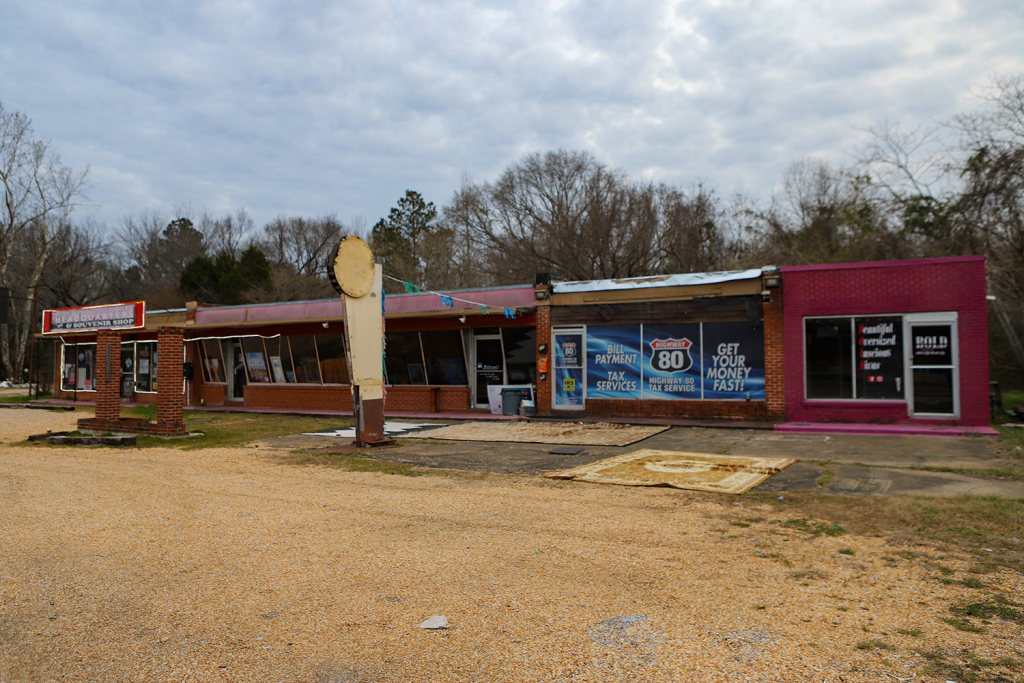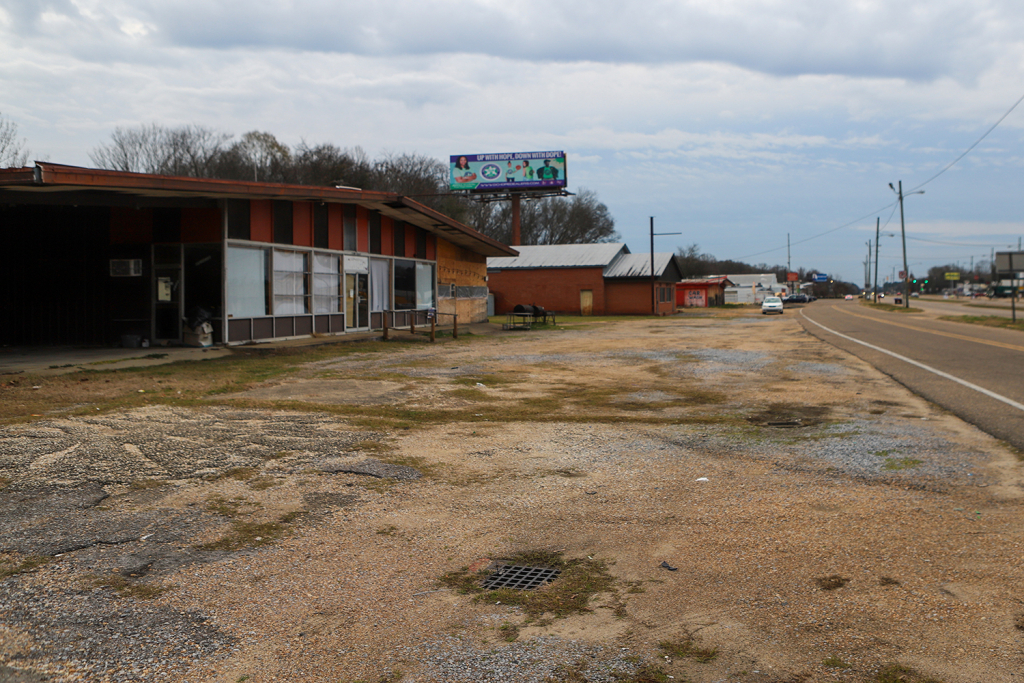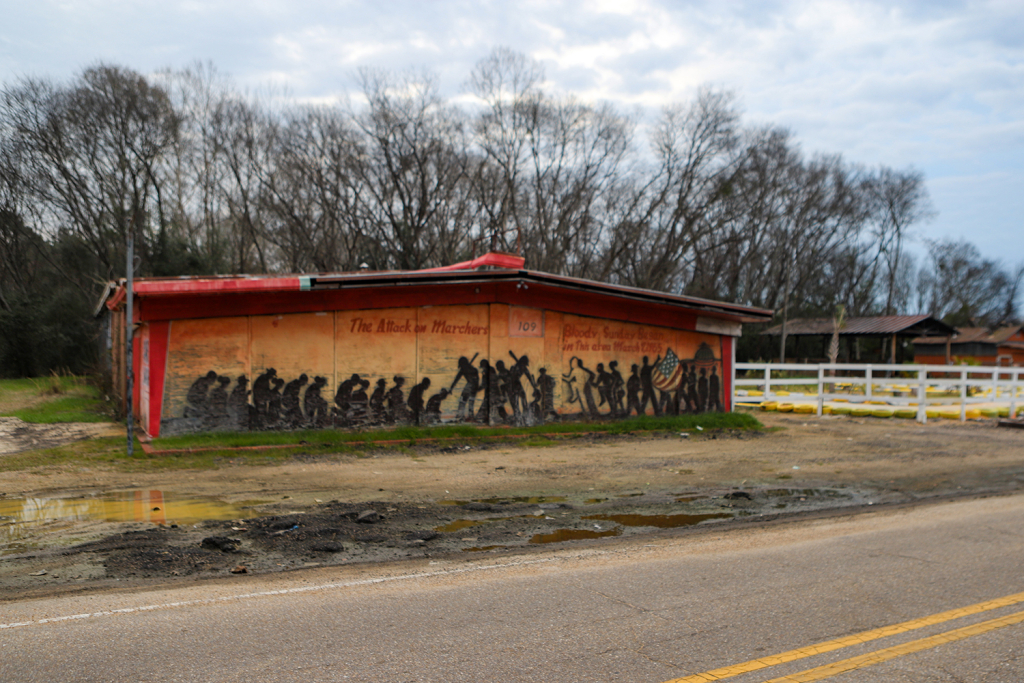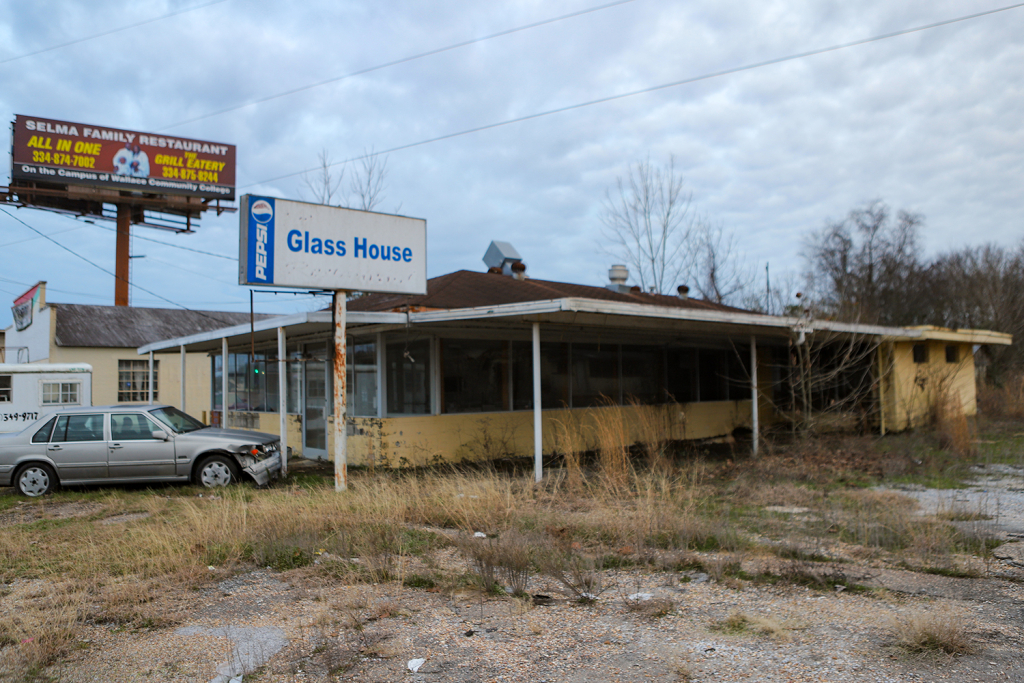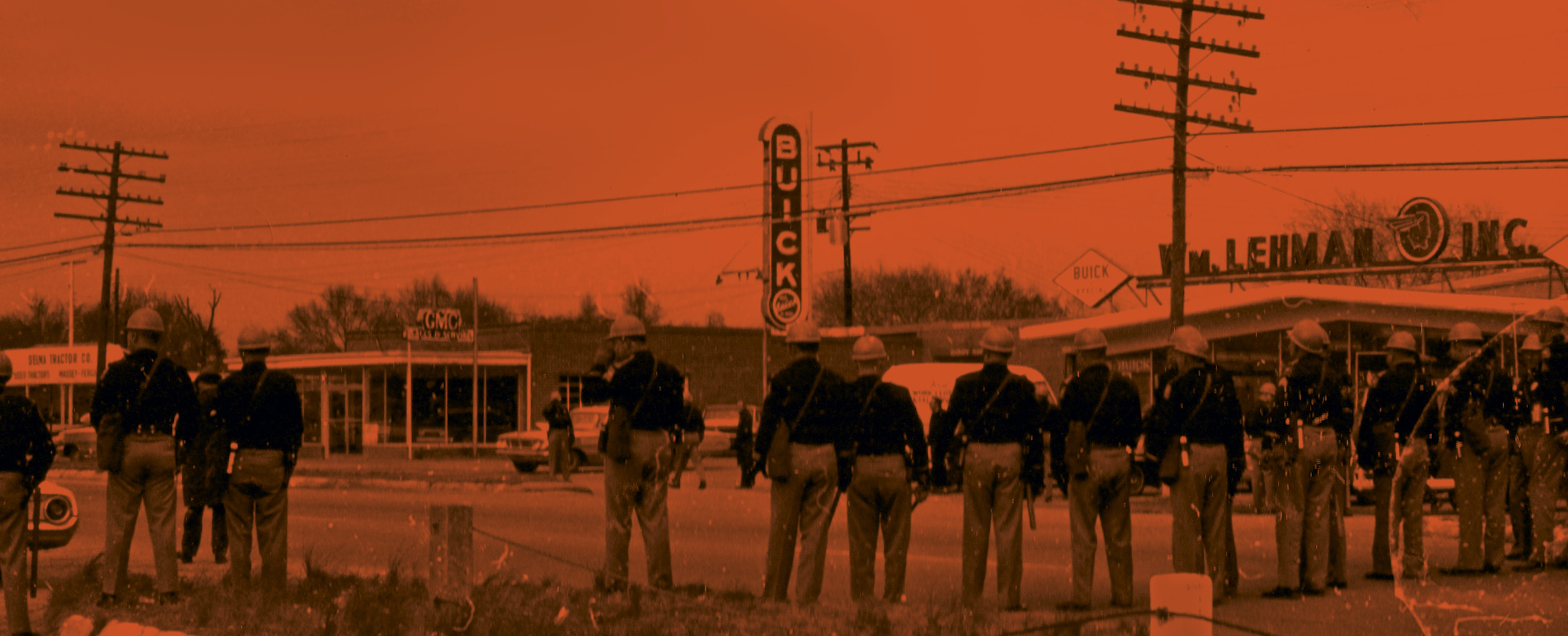
CONFLICT
After foot soldiers Ignored an order from the Alabama State Troopers to disperse the march, police advanced on the unarmed protestors and began shoving and striking the demonstrators with their clubs.
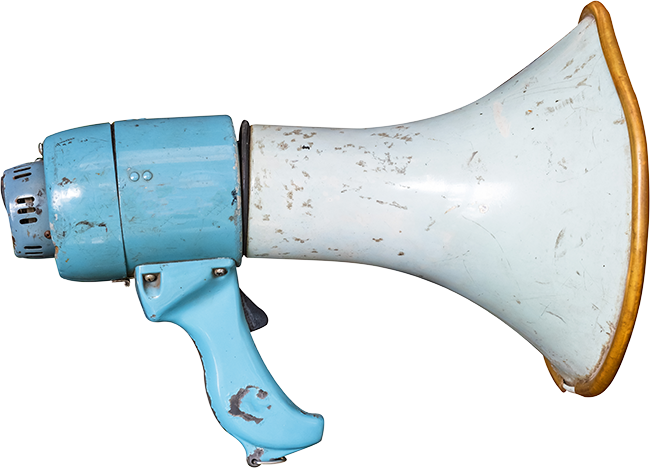
The initial assault left several foot soldiers wounded and unconscious along Highway 80. The foot soldiers regrouped a hundred yards north at a spot closer to the bridge near a Selmont tractor dealership. Determined not to be turned around, the marchers used their passive resistance training to brace themselves for an expected tear gas attack. After a brief lull, the reformed state troopers began rolling tear gas canisters into the marchers. Under the cover of massive blooms of smoke, state troopers and Dallas County posse men resumed their violent attack on the unarmed men, women, and children. News cameras captured both the screams of foot soldiers and images of that afternoon’s carnage.
Highway 80 Conflict Site
All three of the Selma to Montgomery marches followed US Highway between the two cities. This specific part of the highway has extreme historical significance due to the “Bloody Sunday” conflict taking place in this exact spot. Like the GWC Homes, the conflict site is not currently on the National Register of Historic Places, but it is an important historical place that should be preserved. The surrounding buildings are worn down and abandoned and the landmarks recognizing the historical event are low quality and are worn down by weather.
Take a virtual tour of the Edmund Pettus Bridge and Highway 80 Conflict Site →
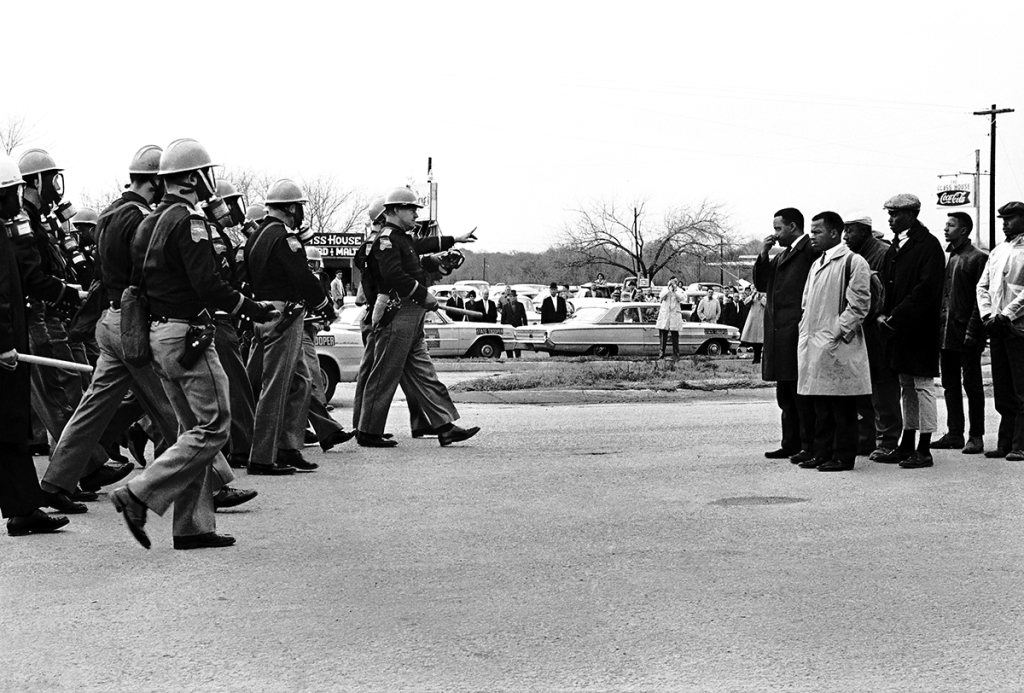

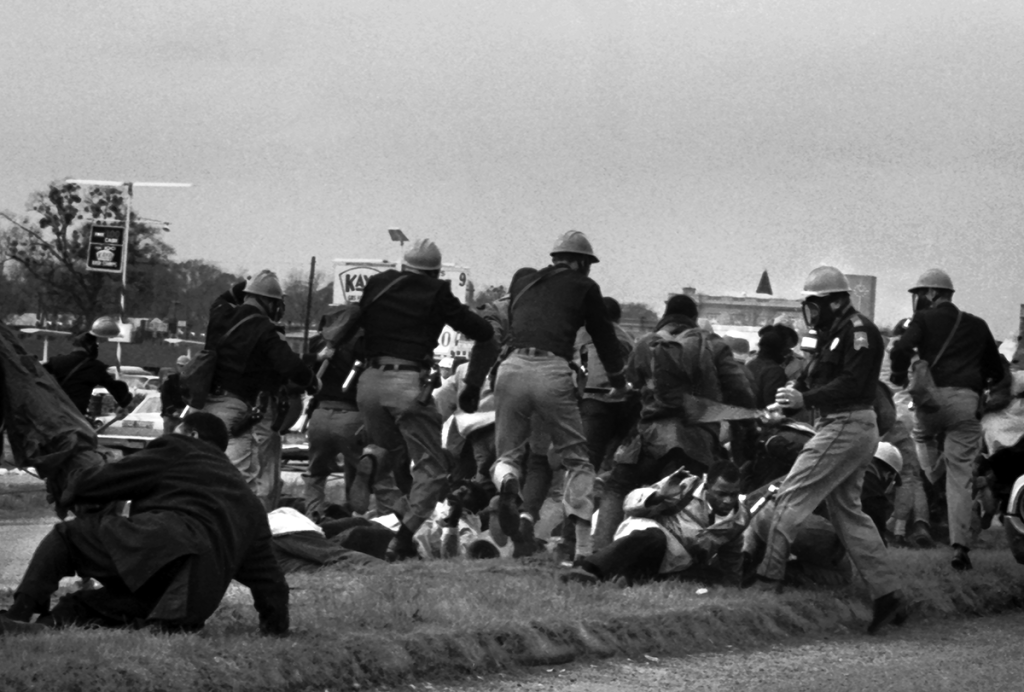
from, ”Selma is Now” by Doug McCraw and Tracy Morgan. University of Texas Press. 2025 →
TWO MINUTE WARNING
Spider Martin’s most iconic image is known as “Two Minute Warning.” The Rev. Hosea Williams, John Lewis, Albert Turner, Bob Mants, Charles Mauldin, and other participants in the March for Voting Rights from Selma to Montgomery, Alabama, are confronted by Alabama state troopers just after crossing the Edmund Pettus Bridge outside Selma on Bloody Sunday, March 7, 1965. March participants were ordered to disperse, then almost immediately attacked by state troopers and horsemen armed with clubs and tear gas, assaulting the protestors, who fled back to Selma.

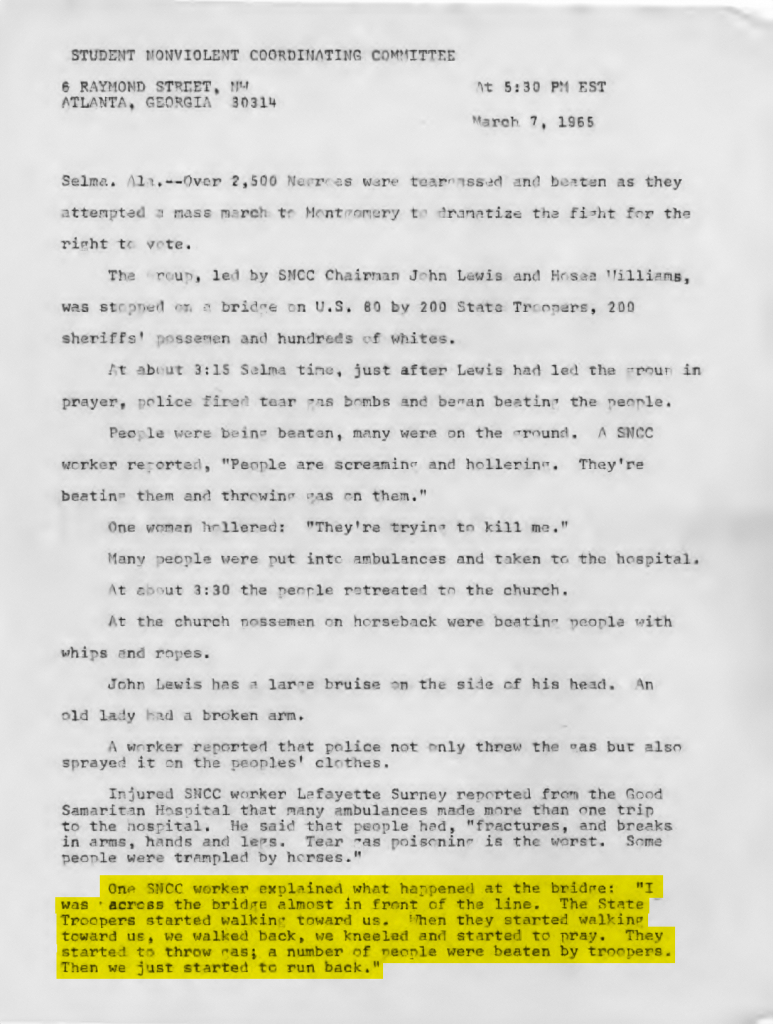
Conflict Site Map
This map below represents the conflict between Marchers and State Troopers that unfolded for several minutes on Bloody Sunday, March 7th, 1965. It has been recreated from an initial laser scanning survey of the area in its current condition. Historical photographs taken during the conflict by the news media and law enforcement were analyzed using digital photogrammetry software to obtain the location of buildings, stationary vehicles, and individuals as they existed on that day. Film footage from one of the three cameras taken at a high angle, were cut into a single unedited video to establish an approximate timeline of the conflict. Aerial photographs taken by the FBI and accessed through a freedom of information request were used to confirm the movements of individuals and the sequence of events.
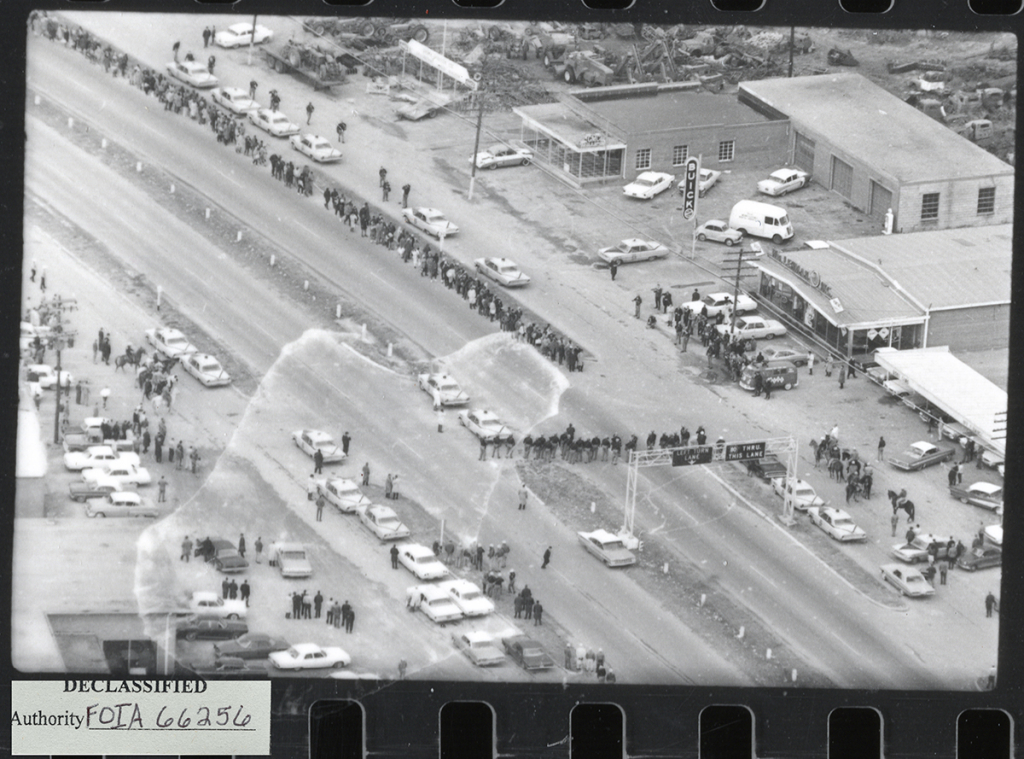
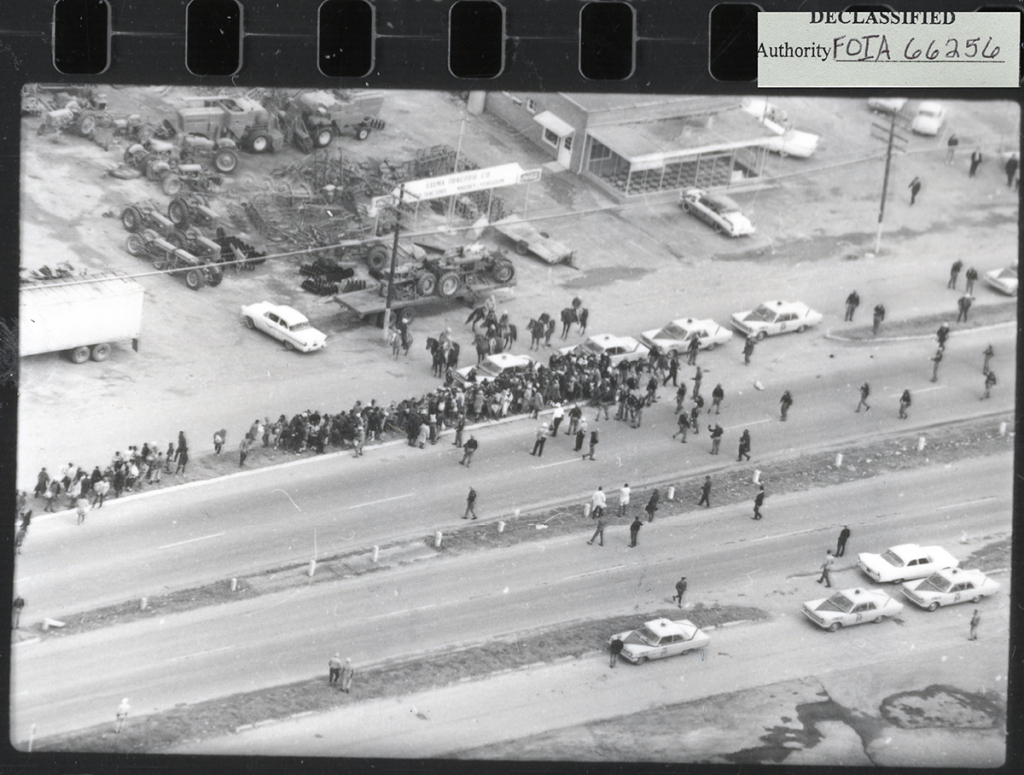

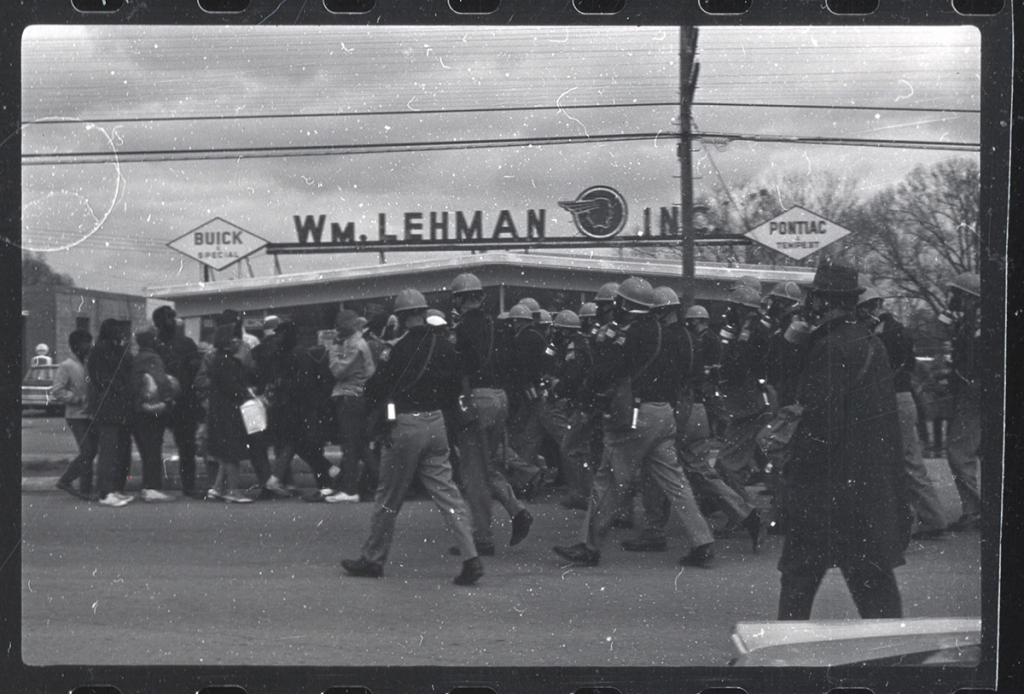
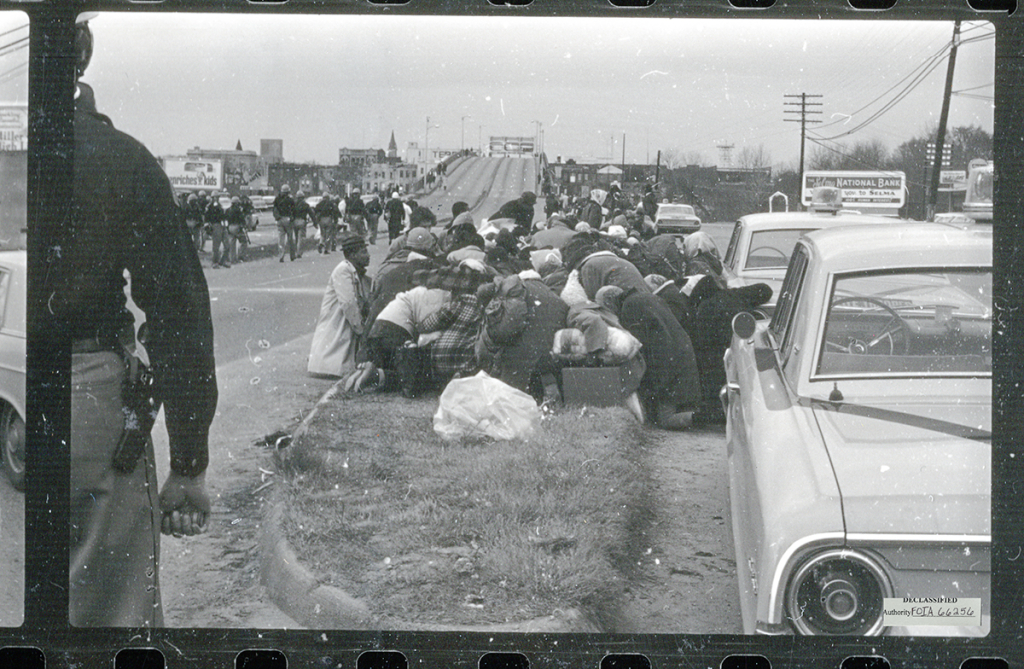
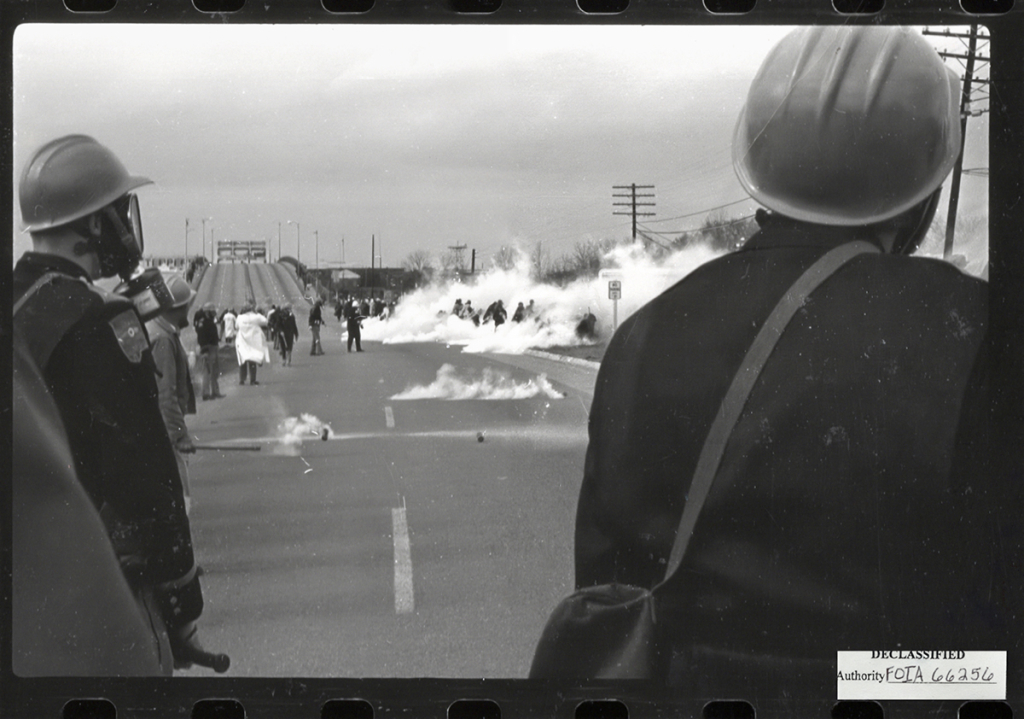
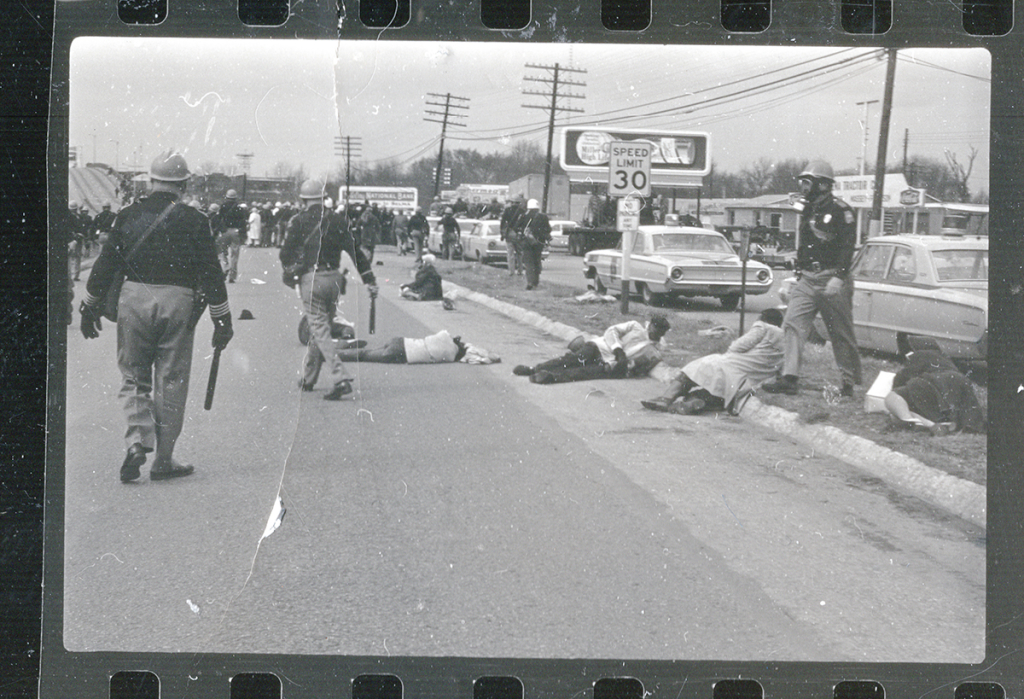
DALLAS COUNTY POSSE MEN
As SNCC and SCLC launched protests demanding civil equality and the right to vote in Selma, Dallas County sheriff Jim Clark responded by deputizing white supremacists to bolster his extant police force. On Bloody Sunday, posse members rode horses into the crowds as they assaulted the unarmed and nonviolent marchers.

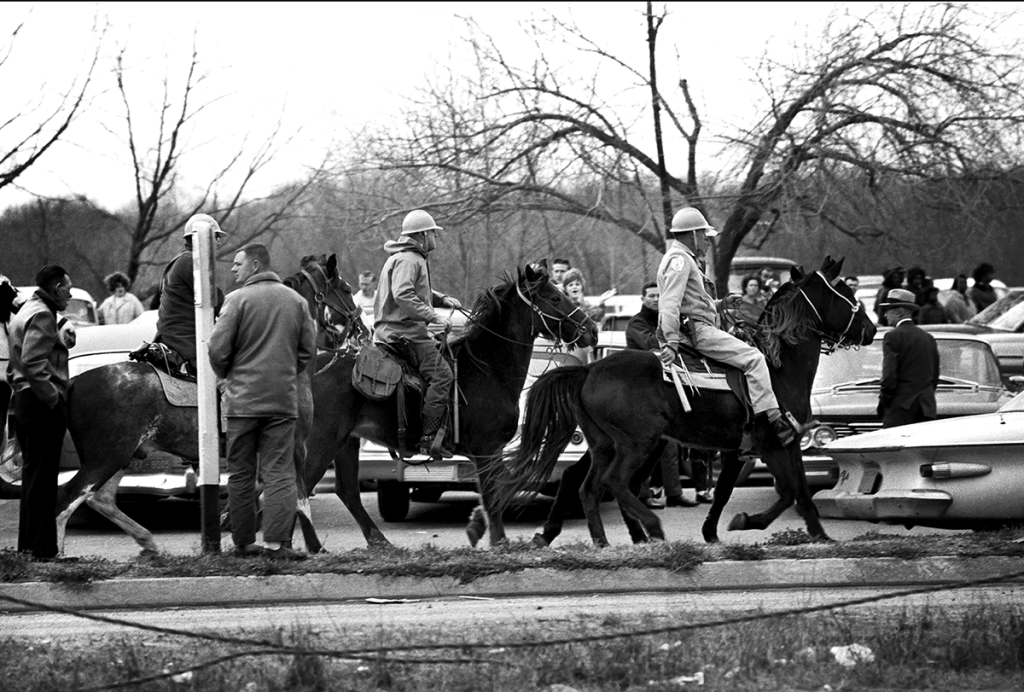
from, ”Selma is Now” by Doug McCraw and Tracy Morgan. University of Texas Press. 2025 →
